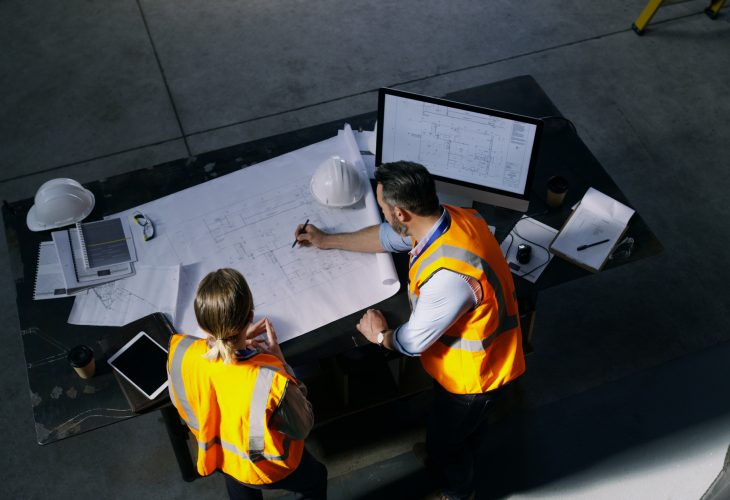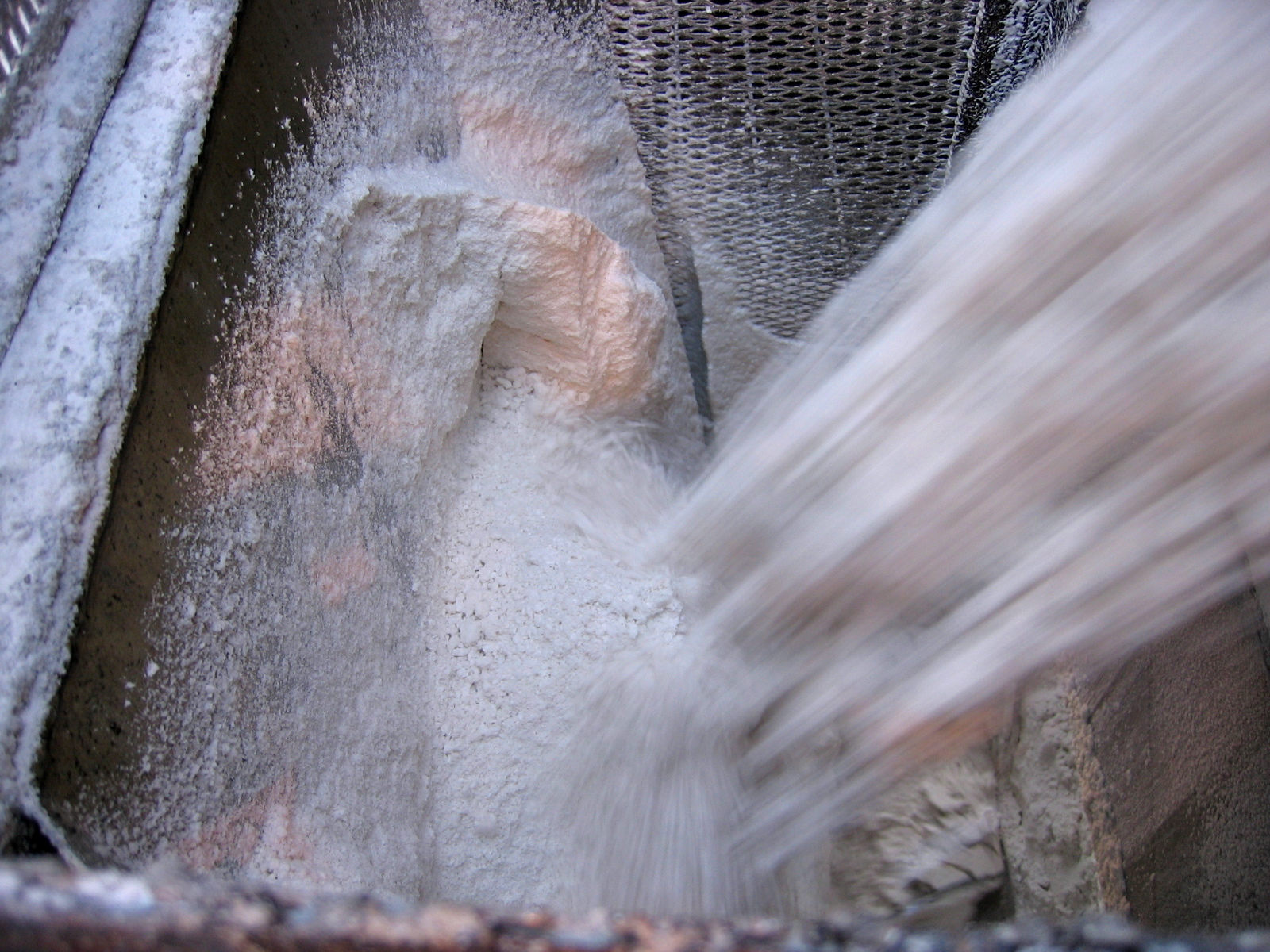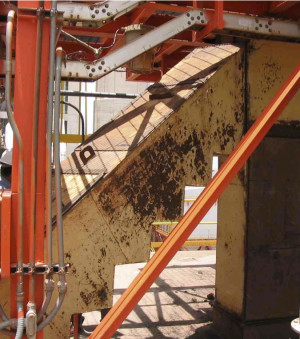
I’ve seen some transfer chutes in my day. A few good, some bad, and some really ugly! Here’s a the top three mistakes I see that can easily be avoided:
-

Sticky material impacting in chute head box Placing the head pulley of the incoming belt in a high velocity transfer directly above the receiving pulley.
It makes a lot of sense to a 2-d designer to place the end of the head pulley directly above the receiving belt. This will of course ensure that tall the material from the incoming belt drops straight on the receiving belt. Right?
WRONG! With high velocity transfers (10+ ft / sec or 3+ m / s), the natural trajectory of the material in this instance would actually sail right past the receiving belt. Better practice is usually to set the incoming pulley back from the back from the receiving belt, such the natural trajectory of the material only needs to be altered slightly to reach the receiving belt. - Ensuring the material stream slams into the head box really hard!
This one is commonly tied to number one. Since the head pulley of the incoming belt located right above the receiving belt, the only way to get the stream of material onto the receiving belt is to put a flat plate in the way and ensure that the material slams into it with the force of a few freight trains. Just kidding. This practice usually results in high wear, buildup for cohesive materials, dust generation, and spillage. The alternative is with a properly designed hood, to gently turn the stream as necessary to reach the receiving belt. -

Example: Rock Box chute design Bad application for a cohesive material Using “rock box” designs with cohesive materials.
Rock Boxes (chutes designed with ledges to induce material buildup to cause material-on-material wear instead of material-on-wall wear) can be great, until they’re not great, and then they can be really bad. To use a rock box, the material particles should be 100% large (>1/4” to 1” diameter, depending on the application) and non-cohesive. If at any point they become cohesive or fine, material will simply pack in the rock box and continue to buildup. At this point, the rock box design becomes entirely inappropriate, and its time to go back to the chute drawing board.
It is much easier to engineer chutes right the first time than to redesign them after they’re installed. Find out how we can help you avoid these and many other pitfalls on your chute designs.






